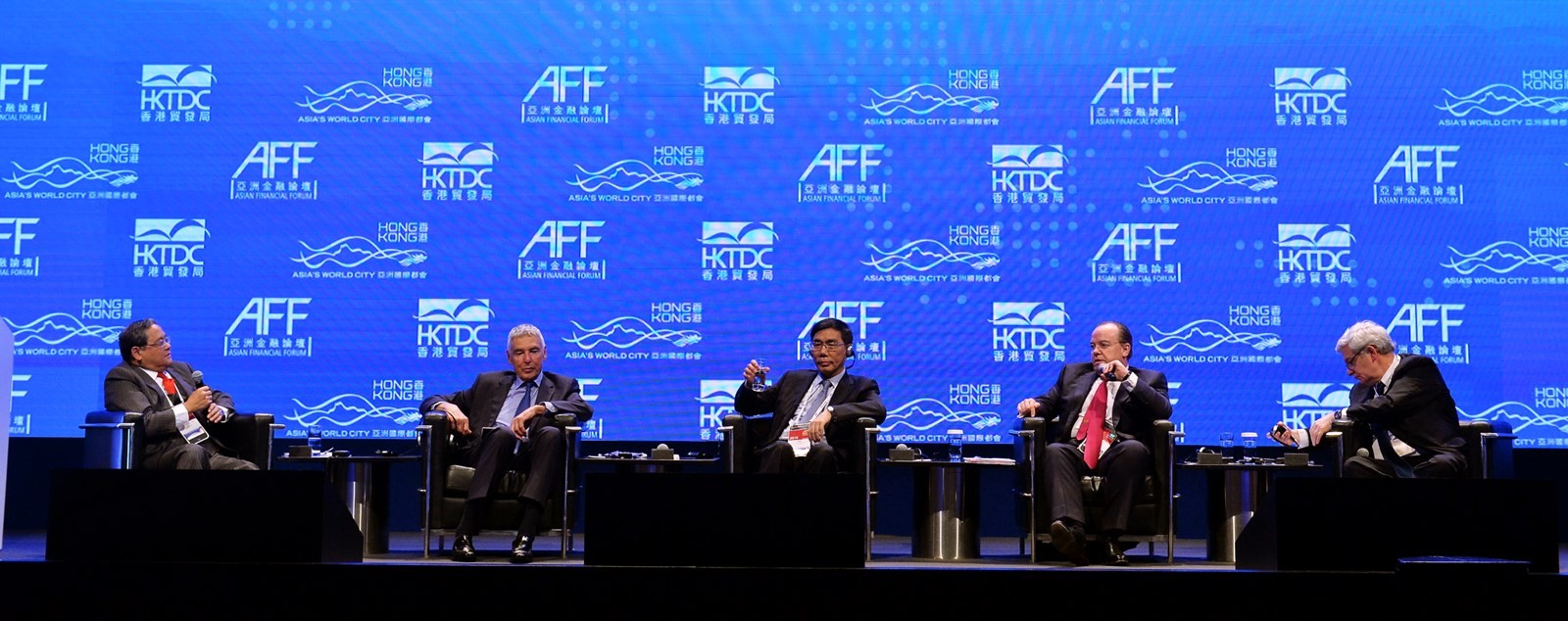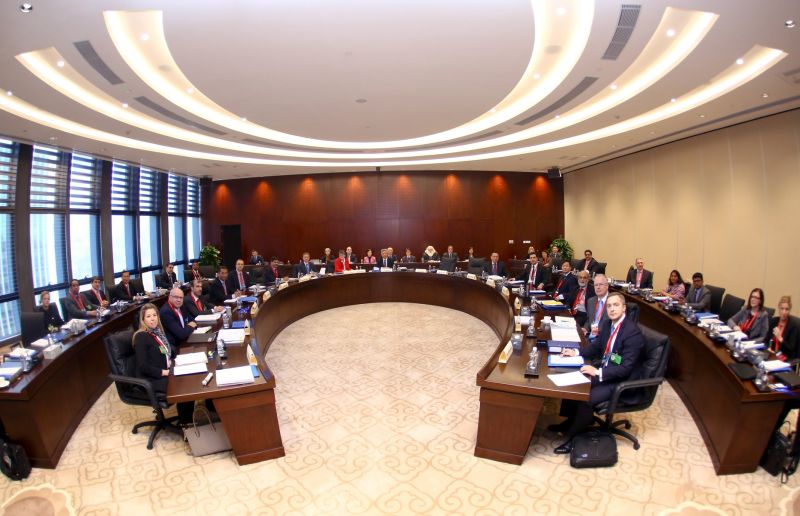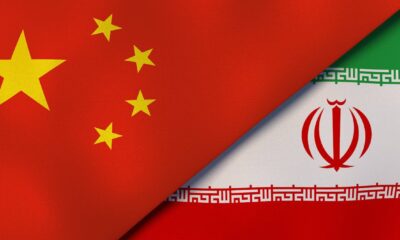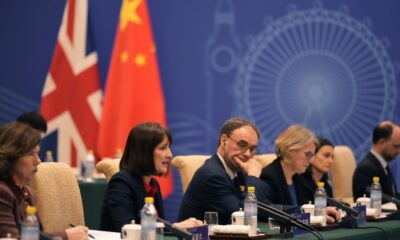Investment
In search of a new climate change paradigm
Author: Mutsuyoshi Nishimura, Advisor to the Cabinet, Government of Japan The international approach to climate change is currently based upon the arbitrary ambitions of nations . Although these bottom up attitudes have propelled huge climate investment, no goals have been set in relation to climate stability. Future generations will surely ask why such investments did not achieve climate stability. The international community has to have a specific stability target and adopt strategies capable of achieving such a target on time . These strategies must be effective, inexpensive and not economically stifling for any country. They must provide equity in real terms. The surest and the cheapest strategy is a global cap on emissions with a carbon budget that will ensure the best allocation of carbon. Let governments own carbon space as their common property and sell such space to carbon emitting enterprises of all nations. Countries can earn new revenues which would be primarily given to individuals, business, industries and countries in need. Let us internalize externalities by putting a price on global carbon and let the world consumers share the equally passed-on costs of fossil fuel burning. Under such a scheme, governments would force all CO2 emitting enterprises of all countries to buy allowances before they burn fossil fuels. There would be a very simple and effective compliance system based on national registry of imported fossil fuels and fossil fuels domestically shipped. If the total amount of fossil fuels imported and domestically shipped is equal to the total of surrendered allowances, countries would be complying. The new paradigm would provide the most vulnerable nations with a larger part of the auctioned revenues so that they could cope with the rising carbon price, provide basic energy services to their people, adapt to future impacts, and join the march to the low carbon transformation. It is only by creating new wealth through the selling of allowances by auction, and providing them for developing countries that equity can be realised in real terms. There are now discussions about a re-allocation of carbon space from developed countries to developing countries. There is talk about a fair share, and how such a share must be achieved on the basis of equity. There is an argument for the entitlement and partition of carbon space. But some basic questions must be asked. What do the proponents of the partition idea propose to do with the partitioned carbon space? Since the proponents of entitlements are so keen on applying an equity formula to determine partitions, there is a question about what they are going to do with carbon space once an equitable partition has been decided. How is the partition going to be enforced? Does carbon space take the form of allowances? If not, how will the partition be measured and verified? The experience of resource nationalism in the 1960s tells us that entitling and partitioning resources was ruinous to the economies of countries in which practiced it, and, as a consequence, to the world economy. Resource nationalism soon faded; it was overwhelmed by the force of global economic growth. Modern day economic rationalism would call the concept of entitlement or partitioning economic manipulation. Partitioning on the basis of today’s equity considerations can hardly stand as valid 10-20 years into the future as nations grow and wither vertiginously and their relative power positions change interminably depending upon an untold number of factors and circumstances. Such ‘equity’ risks becoming the fodder of a protean world. In more detail, giving away carbon space to internationally competitive companies is a waste of resources as those enterprises can purchase carbon space and still compete in the global market. The governments can instead use partitioned carbon space for other useful purposes. And giving away carbon space for free to non-competitive enterprises does not ensure sustainable growth of those enterprises as such enterprises are without the means to improve their energy efficiency. A global carbon market with auctioning can deliver equity in real terms by enabling developing countries to burn less fossil fuels and grow quicker. It can be a new way to raise untapped revenues, save the most vulnerable countries from poverty and bring them low carbon growth for the first time in history. Thus, a global carbon market with auctioning can achieve both real equity and a thriving world economy. Equity can be built on sound economic rationalism. Today, the international community is indeed at a crucial crossroads. The choice is between institutional monstrosities, or the promise of something which promises to achieve climate stability at the lowest cost. Incentivising investment and growth costs far less than all other solutions and provides equity and a real chance for sustainable growth. . Cancun is the finishing point for the Bali Road Map. As both the Bali Road Map and the Copenhagen Accord do not spell out any action plan for long-term climate stability, a search must begin for a new road map that gives certainty that climate stability is achievable and enables the world economy to continue thriving. And this must be done before 2020, if not earlier. The paradigm started in 1960s must be replaced with a new one if we are to face the new challenges for decades to come and win this battle to preserve equity and economic growth. What we need is a new global alliance where the most vulnerable countries become an integral part of the second industrial revolution for clean growth. What is needed is a global carbon market. Mutsuyoshi Nishimura is the former Ambassador of Japan for the Global Environment. His views are strictly personal. Tiddlywinks on climate change US climate change bill – how international provisions work The international effort on climate change: Unravelling or shifting gear?

Author: Mutsuyoshi Nishimura, Advisor to the Cabinet, Government of Japan
The international approach to climate change is currently based upon the arbitrary ambitions of nations.

Although these bottom up attitudes have propelled huge climate investment, no goals have been set in relation to climate stability. Future generations will surely ask why such investments did not achieve climate stability.
The international community has to have a specific stability target and adopt strategies capable of achieving such a target on time. These strategies must be effective, inexpensive and not economically stifling for any country. They must provide equity in real terms. The surest and the cheapest strategy is a global cap on emissions with a carbon budget that will ensure the best allocation of carbon. Let governments own carbon space as their common property and sell such space to carbon emitting enterprises of all nations. Countries can earn new revenues which would be primarily given to individuals, business, industries and countries in need. Let us internalize externalities by putting a price on global carbon and let the world consumers share the equally passed-on costs of fossil fuel burning.
Under such a scheme, governments would force all CO2 emitting enterprises of all countries to buy allowances before they burn fossil fuels. There would be a very simple and effective compliance system based on national registry of imported fossil fuels and fossil fuels domestically shipped. If the total amount of fossil fuels imported and domestically shipped is equal to the total of surrendered allowances, countries would be complying.
The new paradigm would provide the most vulnerable nations with a larger part of the auctioned revenues so that they could cope with the rising carbon price, provide basic energy services to their people, adapt to future impacts, and join the march to the low carbon transformation. It is only by creating new wealth through the selling of allowances by auction, and providing them for developing countries that equity can be realised in real terms.
There are now discussions about a re-allocation of carbon space from developed countries to developing countries. There is talk about a fair share, and how such a share must be achieved on the basis of equity. There is an argument for the entitlement and partition of carbon space.
But some basic questions must be asked. What do the proponents of the partition idea propose to do with the partitioned carbon space? Since the proponents of entitlements are so keen on applying an equity formula to determine partitions, there is a question about what they are going to do with carbon space once an equitable partition has been decided. How is the partition going to be enforced? Does carbon space take the form of allowances? If not, how will the partition be measured and verified?
The experience of resource nationalism in the 1960s tells us that entitling and partitioning resources was ruinous to the economies of countries in which practiced it, and, as a consequence, to the world economy. Resource nationalism soon faded; it was overwhelmed by the force of global economic growth.
Modern day economic rationalism would call the concept of entitlement or partitioning economic manipulation. Partitioning on the basis of today’s equity considerations can hardly stand as valid 10-20 years into the future as nations grow and wither vertiginously and their relative power positions change interminably depending upon an untold number of factors and circumstances. Such ‘equity’ risks becoming the fodder of a protean world.
In more detail, giving away carbon space to internationally competitive companies is a waste of resources as those enterprises can purchase carbon space and still compete in the global market. The governments can instead use partitioned carbon space for other useful purposes. And giving away carbon space for free to non-competitive enterprises does not ensure sustainable growth of those enterprises as such enterprises are without the means to improve their energy efficiency.
A global carbon market with auctioning can deliver equity in real terms by enabling developing countries to burn less fossil fuels and grow quicker. It can be a new way to raise untapped revenues, save the most vulnerable countries from poverty and bring them low carbon growth for the first time in history. Thus, a global carbon market with auctioning can achieve both real equity and a thriving world economy. Equity can be built on sound economic rationalism.
Today, the international community is indeed at a crucial crossroads. The choice is between institutional monstrosities, or the promise of something which promises to achieve climate stability at the lowest cost. Incentivising investment and growth costs far less than all other solutions and provides equity and a real chance for sustainable growth. .
Cancun is the finishing point for the Bali Road Map. As both the Bali Road Map and the Copenhagen Accord do not spell out any action plan for long-term climate stability, a search must begin for a new road map that gives certainty that climate stability is achievable and enables the world economy to continue thriving. And this must be done before 2020, if not earlier.
The paradigm started in 1960s must be replaced with a new one if we are to face the new challenges for decades to come and win this battle to preserve equity and economic growth. What we need is a new global alliance where the most vulnerable countries become an integral part of the second industrial revolution for clean growth. What is needed is a global carbon market.
Mutsuyoshi Nishimura is the former Ambassador of Japan for the Global Environment. His views are strictly personal.
- Tiddlywinks on climate change
- US climate change bill – how international provisions work
- The international effort on climate change: Unravelling or shifting gear?
Excerpt from:
In search of a new climate change paradigm
Business
Asian Financial Forum (AFF) Features 2,800+ Government, Finance and Business Leaders

Co-organised by the Hong Kong Special Administrative Region (HKSAR) Government and the Hong Kong Trade Development Council (HKTDC), the two-day Asian Financial Forum (AFF) came to a successful conclusion today at the Hong Kong Convention and Exhibition Centre. (more…)
China
Asian Infrastructure Investment Bank opens for Business
The inaugural meeting of the Asian Infrastructure Investment Bank’s Board of Directors was convened in Beijing on January 17, 2016. The Board of Directors is made up of 12 Directors, of which 9 Directors represent regional members and the others non-regional members. Mr. Jin Liqun, President of the AIIB, chaired the meeting.

The inaugural meeting of the Asian Infrastructure Investment Bank’s Board of Directors was convened in Beijing on January 17, 2016. The Board of Directors is made up of 12 Directors, of which 9 Directors represent regional members and the others non-regional members. Mr. Jin Liqun, President of the AIIB, chaired the meeting. (more…)
Banking
Beloved panda was wartime ambassador warming hearts of people
Ming the panda gets behind the camera for photographer Bert Hardy in 1939 in London Zoo. In the chair is Hardy’s son Mike. Getty Image She was black, white and furry, far from home, and loved having her tummy tickled, especially by princesses.
Ming the panda gets behind the camera for photographer Bert Hardy in 1939 in London Zoo. In the chair is Hardy’s son Mike. Getty Image She was black, white and furry, far from home, and loved having her tummy tickled, especially by princesses.
Follow this link:
Beloved panda was wartime ambassador warming hearts of people









